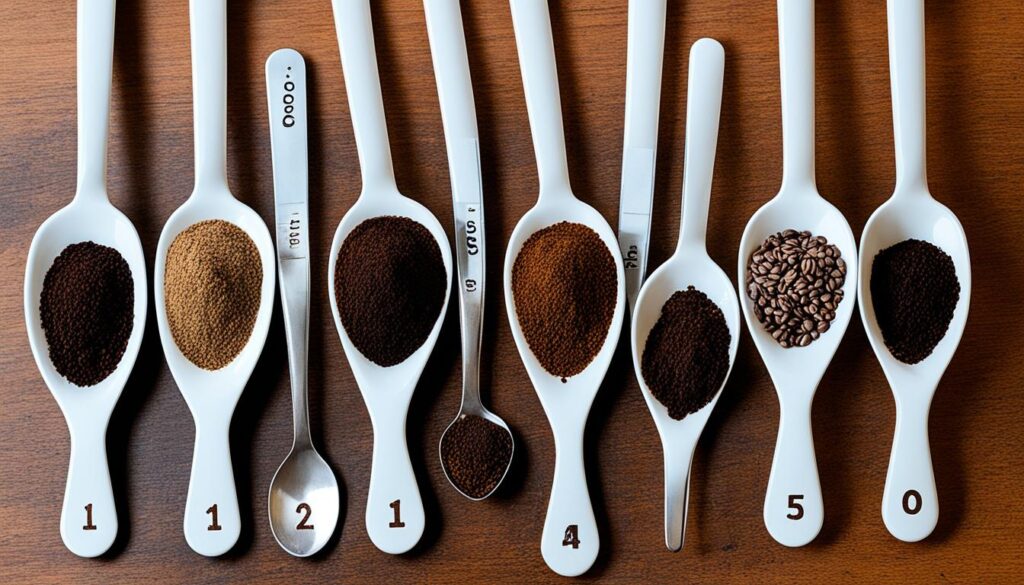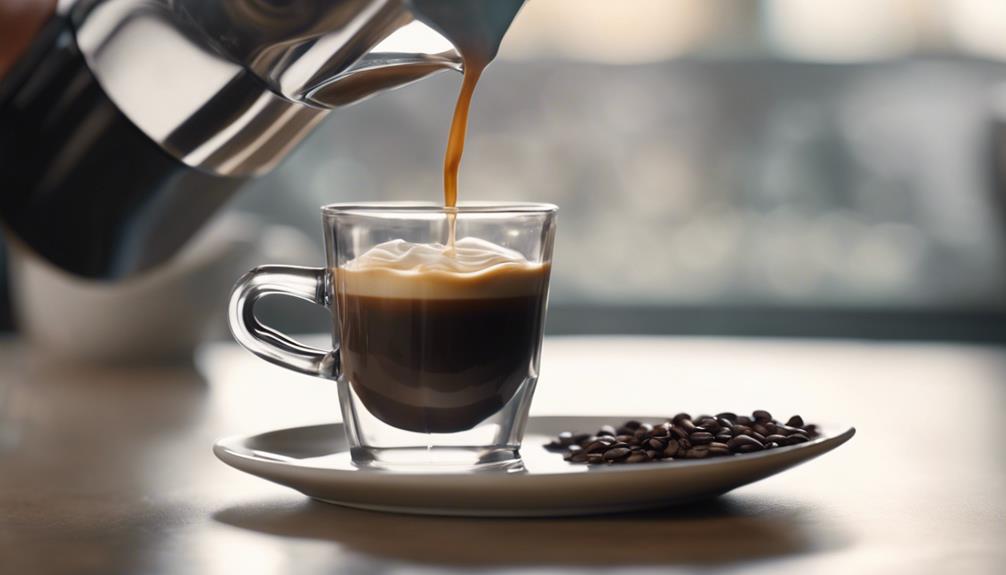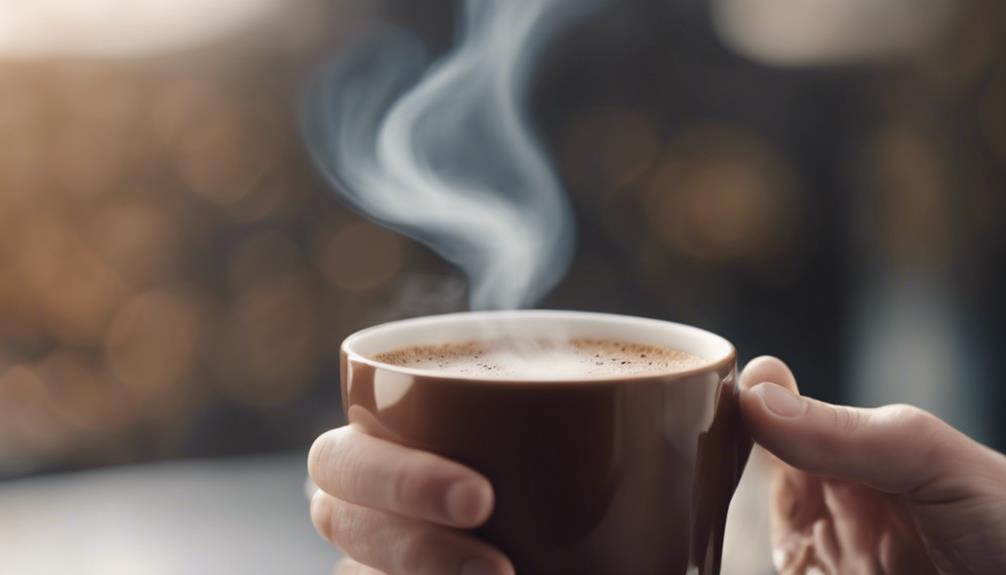Ever wondered why your coffee doesn’t taste quite right even when you follow the standard guidelines? Mastering the art of coffee brewing can be challenging, especially when trying to perfect a 10-cup pot. Understanding the precise coffee to water ratio is crucial in achieving that perfect brew. The markings on your drip coffee maker’s carafe may indicate a cup as 5-6 oz instead of the usual 8 oz standard, causing confusion. So, what’s the key to brewing that flawless 10-cup pot?
General advice suggests using 2 tablespoons (one coffee scoop) per 6 oz of water, which tallies up to 20 tablespoons for 10 cups. However, elevating your brew experience involves weighing coffee grounds with a kitchen scale. The Specialty Coffee Association’s golden ratio recommends 55 grams of coffee per liter of water, or 1:18, enhancing the coffee’s quality. Opting for high-quality beans, such as Driven Coffee’s medium roast, can also significantly impact the flavor. It’s crucial to confirm the accuracy of the carafe’s measurements as they may vary.
Key Takeaways
- Understanding carafe markings is crucial for accurate measuring coffee for 10 cups.
- Use 2 tablespoons (1 coffee scoop) per 6 oz cup for standard measurements.
- Weigh coffee grounds using a kitchen scale to follow the golden ratio of 55 grams of coffee per liter of water.
- Quality of coffee, such as Driven Coffee’s medium roast, significantly affects the final brew.
- Measurement accuracy is vital, as carafe markings can vary.
Introduction to Brewing 10 Cups of Coffee
When planning on brewing large batches of coffee, it’s crucial to emphasize the importance of consistency. Consistent coffee brewing ensures that each cup has a balanced flavor profile and meets the same quality standard every time. By understanding and maintaining uniform coffee maker measurements, you can enjoy the perfect pot with less guesswork.
The Importance of Consistency
Consistency in coffee brewing is paramount because it impacts not just the taste but also the overall coffee experience. When you standardize your coffee measurements, from the coffee grounds to the water used, you eliminate variables that could alter the coffee’s quality. This is particularly vital when brewing large batches of coffee, as even slight variations can significantly affect the outcome.
Common Measurements Used
Using consistent measurements is key to achieving the desired flavor. A standard measurement for a coffee scoop is equivalent to 2 tablespoons, translating to about 11 grams. For those who prefer precision, a tablespoons to grams conversion can be used. Understanding these conversions and utilizing a coffee scoop or kitchen scale ensures that every brew is as perfect as the last.
Typical coffee maker measurements regard a standard cup as 6 oz rather than the conventional 8 oz. Hence, using the correct coffee scoop and maintaining the same ratio of coffee to water each time you brew helps in achieving the best results. Adhering to the consistent use of these measurements can greatly enhance the brewing process and the coffee’s final taste.
Understanding Coffee Measurements
When it comes to coffee measurement methods, the distinction between volume and weight is crucial. Each measurement type offers its own pros and cons, especially considering the density variations among different coffee grinds. Accurately measuring your coffee can make a noticeable difference in your brewing experience.

Volume vs. Weight
Using volume measures like scoops and tablespoons might seem convenient; however, these methods can often result in inconsistencies. Coffee grounds have varying densities, meaning one scoop of finely ground coffee may weigh more than a scoop of coarsely ground coffee. Therefore, relying solely on volume rather than weight can lead to inaccurate coffee brewing.
The Role of Coffee Scoops
Utilizing coffee scoops is a common practice among many coffee enthusiasts. Typically, one coffee scoop contains about 2 tablespoons of coffee, translating to roughly 11 grams. While this approach offers a quick and easy coffee measurement method, it might not be the most precise due to differences in coffee density and grind size. For consistent and accurate brewing, a more precise technique could be beneficial.
Why Use a Kitchen Scale?
The benefits of a kitchen scale in coffee brewing are substantial. Measuring coffee grounds by weight ensures that regardless of the grind size or coffee density, the coffee to water ratio remains constant. This practice leads to accurate coffee brewing, adhering to the ideal measurements of about 55 grams of coffee per liter of water, often referred to as the “Golden Ratio.” This precision makes a kitchen scale an invaluable tool for any coffee aficionado aiming for the perfect cup every time.
| Measurement Method | Benefits | Drawbacks |
|---|---|---|
| Volume (Scoops and Tablespoons) | Quick, Convenient | Inconsistent due to grind density variations |
| Weight (Kitchen Scale) | Precise, Consistent | Requires additional equipment |
The Golden Ratio
The *Golden Ratio of coffee* is a brewing benchmark established by the *Specialty Coffee Association standards*. It typically involves using 55 grams of coffee per liter of water, which equates to a coffee to water ratio of approximately 1:18. This standard helps ensure a balanced and flavorful cup each time you brew.

For those wondering how to perfect the *coffee to water ratio*, understanding this ratio is key. Generally, it translates to roughly 15 grams of coffee for every 250 mL (about 8.5 oz) of water. However, personal preferences can vary the perfect coffee brew ratio from 1:15 to 1:18, allowing adjustments for a stronger or milder taste.
In practical terms, if you are using a drip coffee maker, it is advisable to start with a 1:16 ratio. This serves as a happy medium and a great starting point for achieving the perfect coffee brew ratio. Fine-tuning the balance according to one’s individual taste can lead to delightful discoveries in one’s coffee experience.
Here is a quick reference guide to the Golden Ratio across different volumes:
| Water Volume | Coffee Grounds | Ratio |
|---|---|---|
| 1 Liter | 55 grams | 1:18 |
| 500 mL | 27.5 grams | 1:18 |
| 250 mL | 15 grams | 1:16.7 |
| 125 mL | 7.5 grams | 1:16.7 |
By using these guidelines, coffee enthusiasts can easily adhere to the Specialty Coffee Association standards and tweak their methods to find their own perfect coffee brew ratio.
How Much Coffee for 10 Cups
Determining the ideal coffee measurement for a 10-cup brew can make a substantial difference in taste and satisfaction. To start with, using coffee scoops simplifies the process. Most guidelines recommend one coffee scoop of grounds per cup, where one scoop equals 2 tablespoons. For a standard 10-cup pot, this translates to using 10 scoops or 20 tablespoons of coffee, which equals around 110 grams, assuming a 1:16 coffee-to-water ratio.
Using Coffee Scoops
Using coffee scoops for 10 cups is convenient and straightforward, especially when aiming for consistency in your daily brew. Each scoop helps maintain a measurable amount of coffee, ensuring you achieve the same strength and flavor each time. Whether you’re using a drip coffee maker or a French press, keeping to the standard one scoop per cup ensures a harmonious balance between the coffee and water ratios. This method aligns with common practices, providing a reliable starting point for most brewing methods.
Adjustments Based on Personal Taste
While the standard measurements provide a useful guideline, personal taste adjustments are essential for tailoring your coffee to your preference. Some might prefer a stronger brew and might add an additional scoop or two, while others might enjoy a milder cup by reducing the amount slightly. Experimenting with coffee brewing customization helps you find your ideal coffee measurements. Whether it’s finding the sweet spot within the 1:15 to 1:18 ratio range or tweaking the amount based on coffee freshness and grind size, these adjustments are key to achieving a brew that’s uniquely yours.









